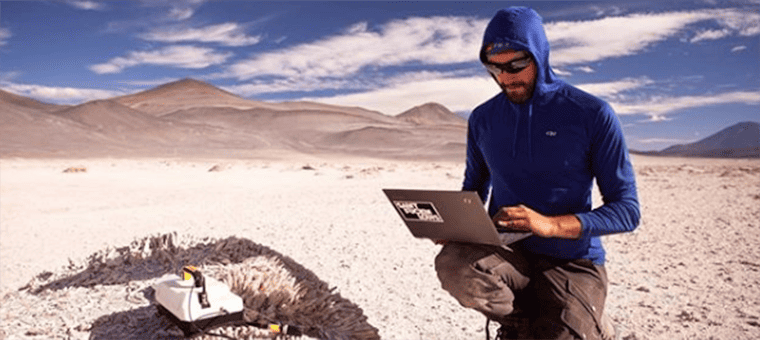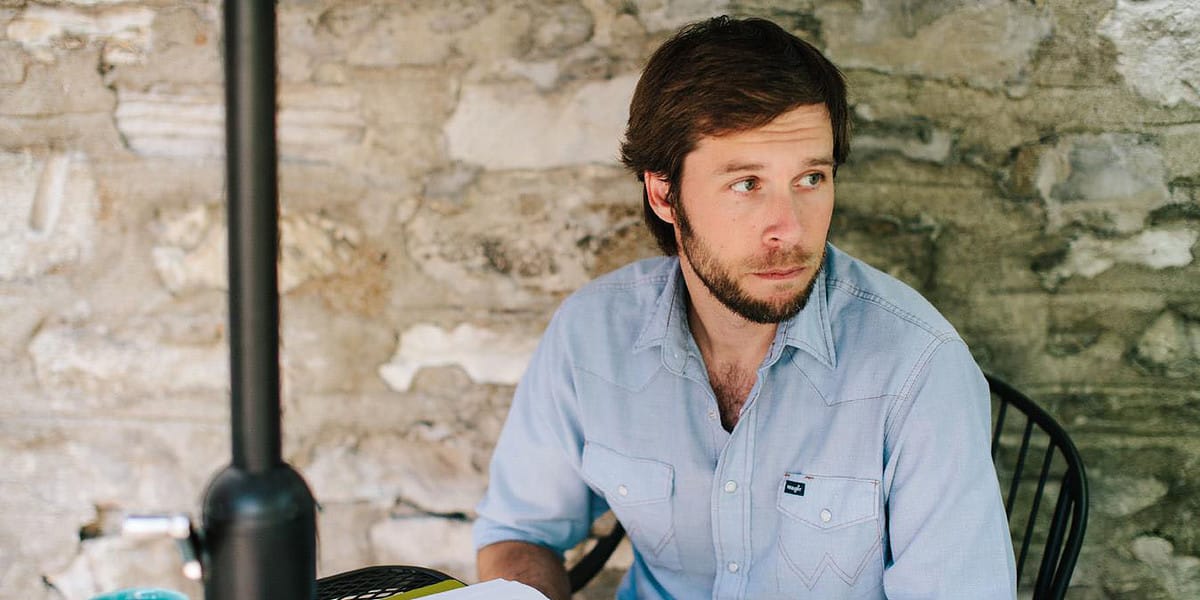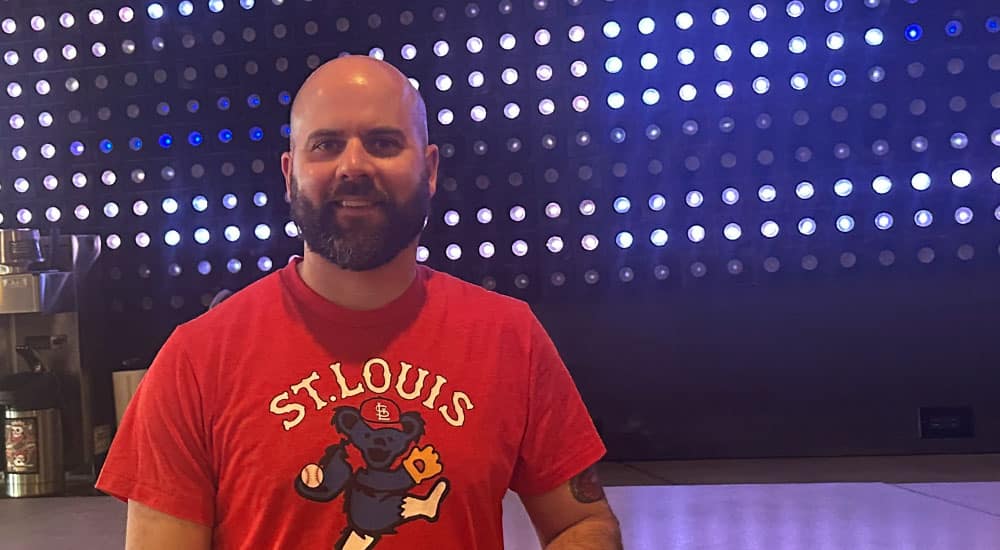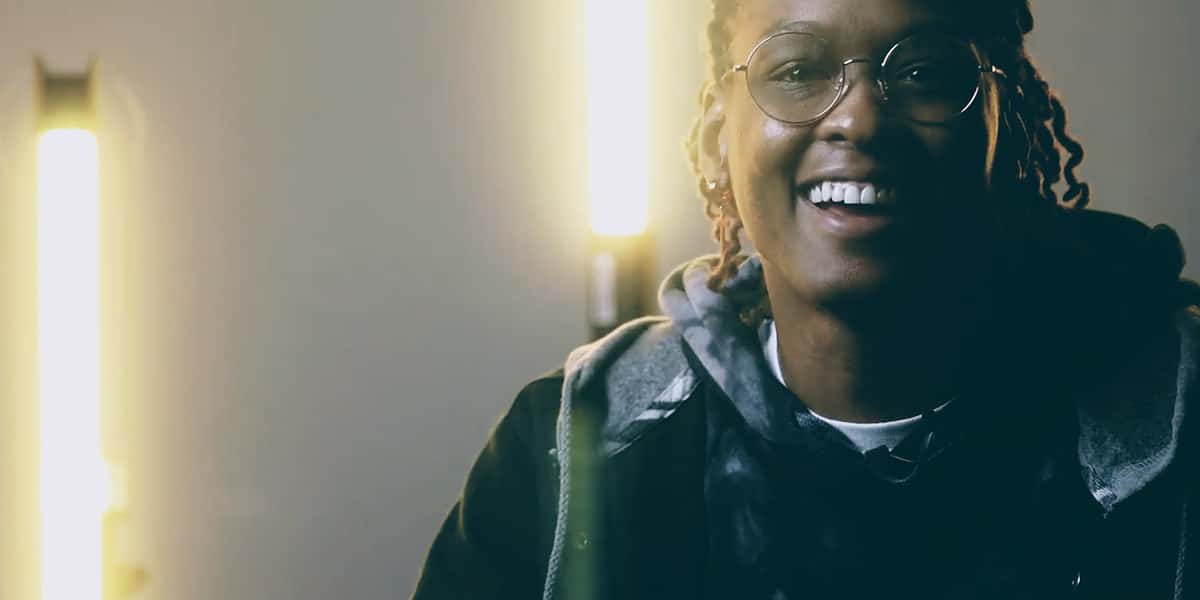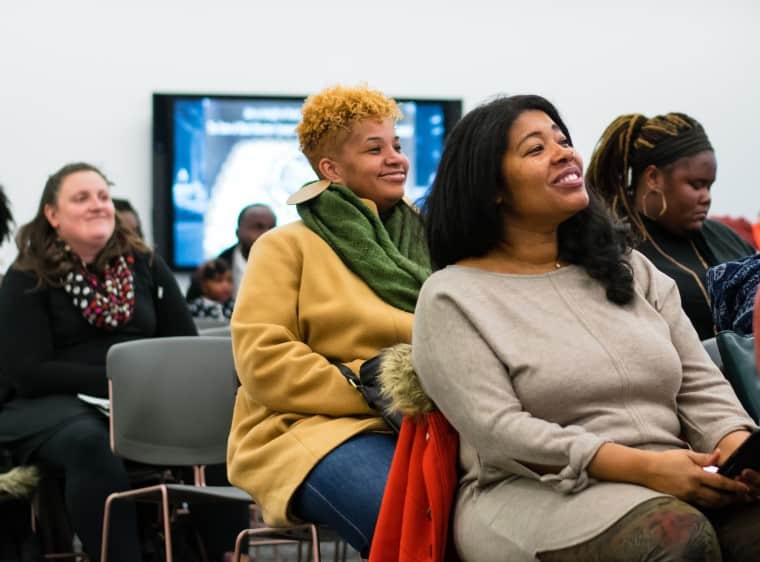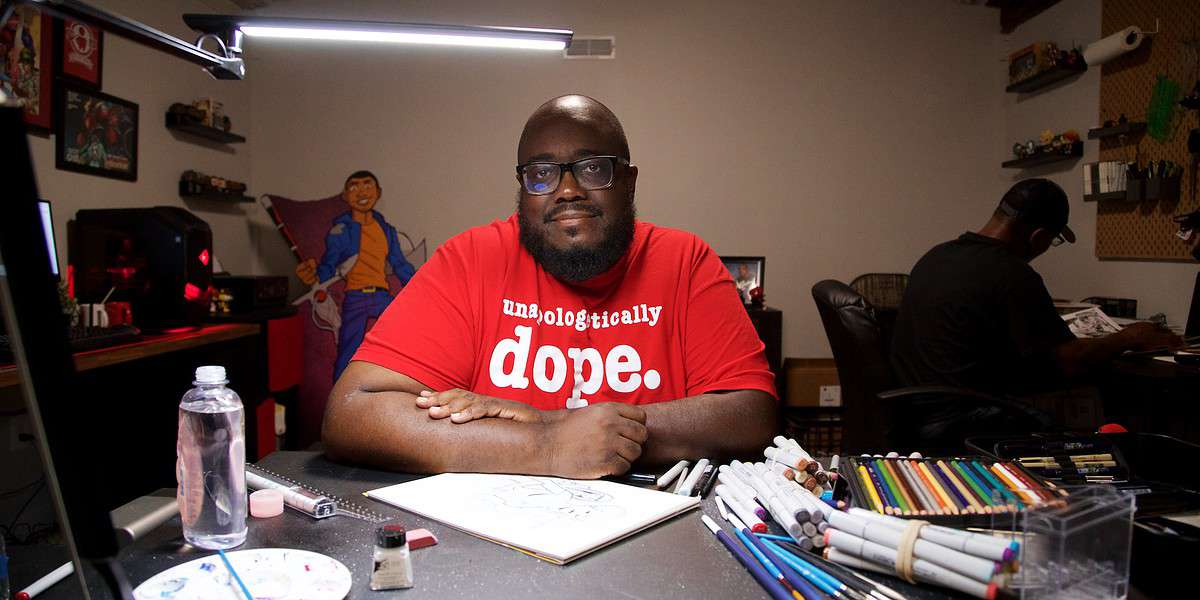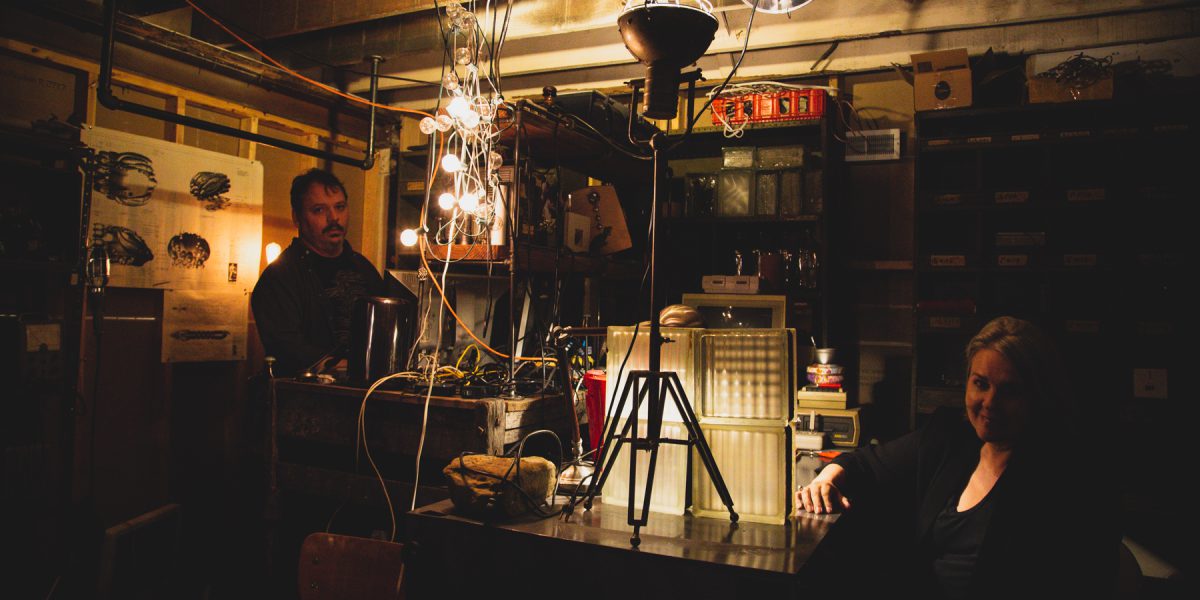We love learning about all of the amazing projects our members are a part of and Nebula members Impossible Sensing are up to some pretty amazing things.
We recently touched base with Kristin Dennis of the Impossible Sensing team to get a better understanding of the type of work they do and what that means for our community.
Impossible Sensing works to develop next-generation technology that can be utilized here on Earth and also in space. Don’t understand what that means? Thankfully Kristin of Impossible Sensing is here to explain!
Can you tell us a bit about Impossible Sensing and the type of work you do?
Impossible was started in 2016 by Pablo Sobron when he realized that he could better pursue his efforts to design and develop space exploration instruments outside of the academic world. At our core, we’re experts in sensor development for space exploration and we develop first-of-its-kind tech innovations to enable resource exploration and scientific discovery on earth and other worlds in our solar system. We are at the forefront of deep analytics for robot perception and automation. We engage in cutting-edge projects involving fundamental research, proof-of-concept studies, prototype design and build, and end-to-end technology demonstrations in extreme environments, from deep ocean to outer space.
Where did the name ‘Impossible Sensing’ come from?
The name is definitely tongue-in-cheek in reference to the fact that we tackle problems that seem… Impossible and, through our innovative approaches, make them possible. We love a good challenge. Our sensing systems “see” more than anything anyone else in the world is able to AND we make them smaller and more rugged than anyone can because… hey… they have to work in SPACE. So, they’re not only impossibly perceptive, but they’re lighter, smaller and use less power than anything else out there.
How did your current team come together?
Pablo had been running the company on his own for 2 years. It’s pretty tough to be your own Head Scientist, CEO, COO, secretary AND everyone else a company needs to run! I was brought in at the beginning of this year to help grow the company and create and implement a corporate structure that would help us expand our efforts in instrument design and build. This fall, we hired Kirby (Masters in Engineering from Washington University) and Evan (poached FROM Silicon Valley where he was working at NASA Ames and convinced him that STL is the place to be!) and we currently have an intern from Universidad Politécnica de Pachuca (UPP), an institution we partner with. We’re proud to provide our employees with competitive wages and comprehensive benefits, even as a small company, because we really value the people who make this thing work and couldn’t do it without them!
Can you share some of the projects the team is currently working on?
We design sensing tools for space exploration AND terrestrial applications. Currently, we’re working on 3 NASA projects for space-exploration instruments and several projects with private companies to enhance resource exploration and mining efforts on 3 continents. We’ve got a really cool project with SETI sending a 3m tower to the bottom of the ocean near volcanic vents to study prebiotic chemistry there and, thus, learn more about the origins of life here on this planet. It may also give us clues as to how to look for life (current or past) on other worlds.
Where’s the most interesting place your work has taken you?
Because our instruments have to work in space, we end up trying to find the most extreme environments on earth. We look for “analogues” which are environments or conditions here on earth that mimic the environments and conditions on other planets. Our tech has been tested all over the world from the Artic to Antarctica. We’ve tested instruments in hydrothermal springs, iceberg fields, volcanoes, Artic permafrost, Antarctic lakes, geothermal fields, deserts, lava tubes and even acidic environments.
Why was it important for you that Impossible Sensing be located in the Cherokee Street/Gravois Park area?
It’s funny, people ask what we do and then the second questions is almost always, “Why in St. Louis?” Pablo and I both live in the neighborhood and feel very connected to the community here both personally and professionally. Our aim is to capture talent coming through St Louis via the University pipeline as well as import great folks from around the world and bring them HERE. Neither Pablo nor I are STL natives but we’ve both fallen in love with this city and are committed to generating technology, jobs and revenue WHERE WE LIVE, not somewhere else. Community is important and cannot be manufactured synthetically and Impossible has experienced and will continue to support the benefits of both receiving and giving back.
What’s next for Impossible Sensing?
We’re always working on new opportunities! We’re currently working with BioSTL and others to explore ways to use our technology in the field of life sciences. StL is a great place for this, also. We will continue to develop our “earth to space and back again” Roundtrip Method. Basically, we design our instruments to be tough enough and smart enough for space exploration so we know they will work here on earth. We’re also very excited that we’ve got tech traveling on the Mars 2020 rover which launches next summer! The device is mounted on the rover’s arm and uses spectrometers, a laser and a camera to search for organics and minerals that have been altered by watery environments and may be signs of past microbial life.
